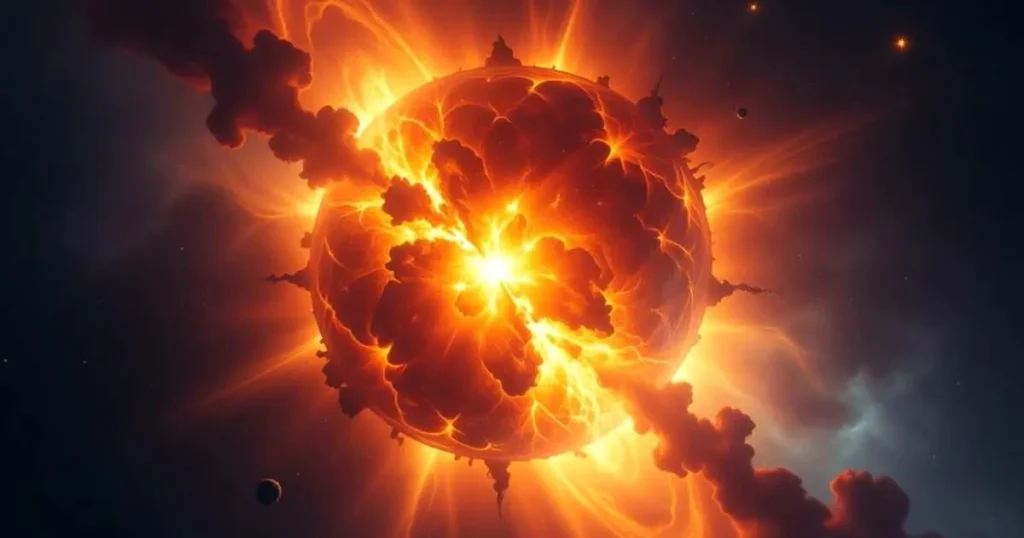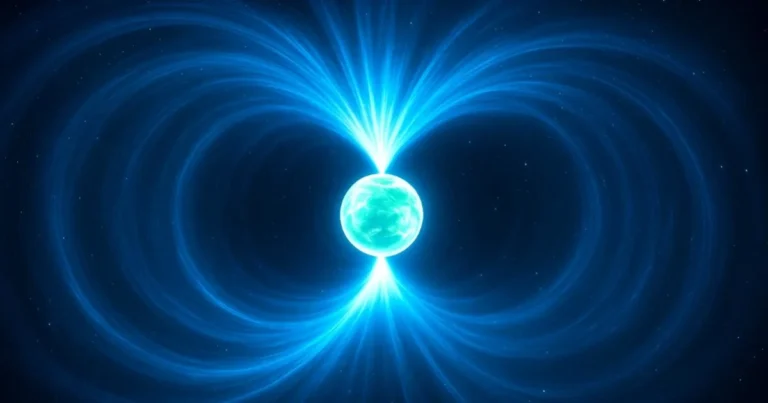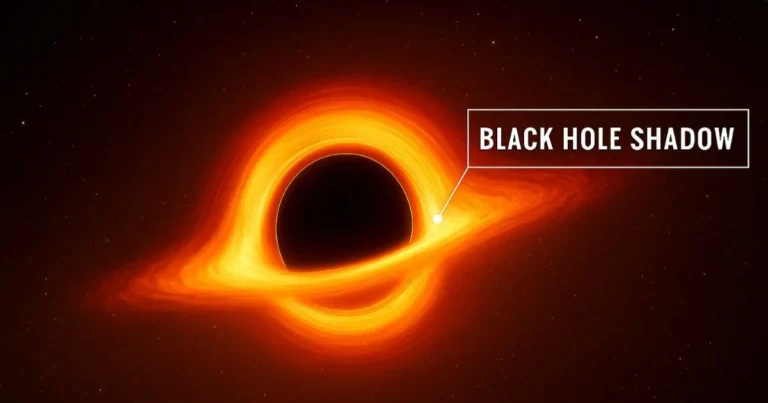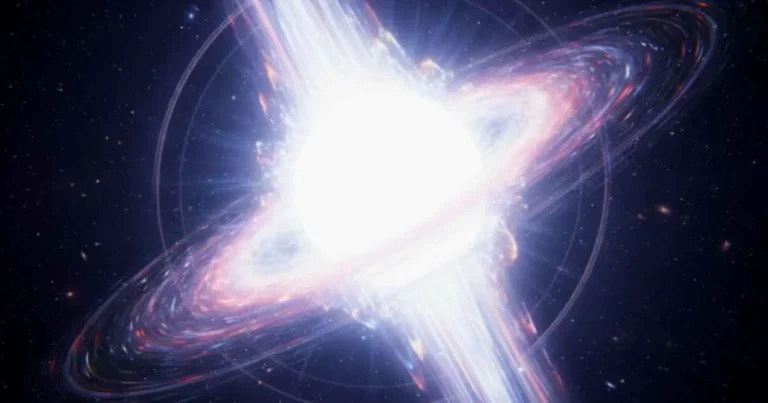What Are Zombie Stars? A Deep Dive into the Universe’s Undead

Tags:
- Axion Stars
- Zombie Stars
Imagine a star that explodes in a cataclysmic supernova, an event that should signal its definitive end. But then, something strange happens. It doesn’t die completely. Instead, it somehow keeps burning faintly, a ghost of its former self. Stars aren’t supposed to come back from the dead. Yet some do. Astronomers call them zombie stars – remnants of stellar explosions that, against all odds, refuse to fade away completely. They explode in a violent supernova, eject matter into space, and then somehow keep glowing faintly, like embers that won’t die out. These strange survivors are reshaping what we know about stellar death, cosmic recycling, and the physics that drive the most powerful blasts in the universe.
What Are Zombie Stars?
Zombie stars are celestial bodies that have undergone a supernova but still persist in some form of dim, ongoing fusion or radiation. Unlike traditional dead stars, such as white dwarfs or neutron stars, zombie stars exist in a peculiar middle ground.
- They’re not fully alive like normal stars.
- They’re not fully dead like collapsed remnants.
- They linger in between – half-dead, half-burning.
This lingering glow often arises when the core of a star partially survives the supernova, feeding off leftover hydrogen or helium layers. A true undead star wandering the cosmos. These aren’t just theoretical oddities; we have found candidates for these strange objects, forcing us to reconsider the clear-cut line between a living star and a dead one. The existence of Zombie Stars proves that the universe is far stranger and more complex than we ever imagined.
The Death of a Star: From Supernova to Black Hole
A star dies when it exhausts its nuclear fuel. For massive stars, this means the core can no longer resist gravity, so it collapses in on itself. That collapse triggers a titanic explosion called a supernova, so bright it can briefly outshine an entire galaxy. What’s left behind depends on the star’s mass: it might become a super-dense neutron star, or, if it was truly gigantic, collapse further into a black hole. In either case, the star as we knew it is gone.
How Zombie Stars Defy Death
The Science of Supernova Survival
Normally, when a massive star detonates, it blows itself apart entirely. But in some cases, the explosion doesn’t fully destroy the stellar core. Instead, fragments survive, sustained by thin shells of fuel.
- Failed explosions – Some supernovae don’t unleash enough force to completely disperse the star. It’s powerful enough to blast away a significant amount of the star’s mass and produce the bright flash of a supernova, but it lacks the oomph to unbind the core itself.
- Fallback accretion – Matter thrown outward falls back onto the core, reigniting limited fusion.
- Magnetic fields and rotation – These can stabilize remnants, slowing the collapse.
This rare balance is why zombie stars exist in the first place.
A Cosmic Parallel: Axion Stars
The concept of “undead” stars resonates with other exotic stellar objects. For example, Axion Stars: Unveiling the Hidden Dark Matter Stars, explores how stars made of hypothetical dark matter particles might also blur the line between existence and extinction. Both cases remind us the universe rarely follows neat categories.
How Do We Find These Elusive Zombie Stars?
Finding Zombie Stars is no easy task. They are faint, small, and incredibly rare. Astronomers can’t just point a telescope and expect to see one. Their discovery relies on a combination of clever detective work and powerful technology. The primary method involves a two-step process:
- Spotting the Supernova: First, astronomers survey the skies looking for the tell-tale transient light of a Type Iax supernova. These are dimmer and less energetic than their more famous cousins, which is the first clue.
- Searching for the Survivor: After the supernova’s light has faded, which can take months or years, astronomers use incredibly sensitive telescopes like the Hubble Space Telescope to peer into the exact location of the explosion. If they see a faint star where there should be nothing but expanding debris, they may have found their suspect: a Zombie Star.
Sometimes, the universe lends a helping hand in this search. The immense gravity of massive objects can bend and amplify the light from distant sources, a phenomenon known as Gravitational Lensing: The Astonishing Cosmic Magnifier. This natural telescope could potentially make a faint Zombie Star bright enough for us to detect from billions of light-years away.
Why Zombie Stars Matter for Supernova Physics
Cracking the Mystery of Explosions
Zombie stars act like laboratories left behind after cosmic disasters. They give astronomers rare insight into:
- Explosion mechanics – Studying survivors reveals what went wrong in the supernova blast.
- Energy limits – Why some stars lose the fight completely while others cling to life.
- Fusion thresholds – How thin layers of fuel can sustain a faint glow.
These findings refine our models of stellar death, helping predict how stars of different masses will end their lives.
The Strange Beauty of Stellar Afterlives
Ghost Light in the Dark
Zombie stars emit a dim but eerie glow, often in ultraviolet or X-ray wavelengths. Observatories pick them up as faint, flickering signals where astronomers expected nothing but silence.
Some even pulse irregularly, as if gasps of fusion keep them from slipping fully into darkness.
The Company They Keep
They’re not alone in the “undead” category of stars. White dwarfs can flare back to life by siphoning material from companions. Neutron stars can beam out pulsar signals for millions of years after collapse. But zombie stars stand out because they survive their own explosion.
Quasi-Stellar Illusions
Just as zombie stars trick us into rethinking death, Quasi-Stellar Objects once confused astronomers by masquerading as stars when they were really distant galaxies. Both highlight astronomy’s history of deceptive appearances.
Cosmic Implications
Stellar Recycling and Galactic Chemistry
Zombie stars still release elements into their surroundings, enriching interstellar space with carbon, oxygen, and heavier atoms. Their prolonged afterlife means they drip-feed matter into the galaxy, shaping how new stars and planets form.
What Zombie Stars Teach Us About the Cosmos
These stellar undead are more than just cosmic curiosities; they are crucial puzzle pieces for understanding the universe. Each confirmed Zombie Star gives us direct insight into the messy, complex physics of stellar explosions. They help us refine our models of supernovae, which are essential for measuring cosmic distances and understanding the chemical enrichment of the universe.
Furthermore, studying these survivors helps us chart the diverse evolutionary paths of stars. We used to think the end-stages of stars were fairly straightforward, but Zombie Stars throw a fascinating wrench in the works. They show us a new pathway, a middle ground between life and total oblivion. Their existence expands the known zoo of celestial objects, pushing astronomers to consider possibilities beyond the standard models.
A Universe of Surprises
They also remind us of one humbling truth: the cosmos resists neat definitions. A star doesn’t just live, shine, and die. It can linger, rebel, refuse. It can become a zombie.
Frequently Asked Questions about Zombie Stars
- 1. What is a zombie star?
- A zombie star is a partially dead star that has exploded in a supernova but still continues to burn faintly, defying normal stellar death.
- 2. How do zombie stars survive explosions?
- They survive because the supernova wasn’t powerful enough to destroy the stellar core completely. Leftover fuel, fallback matter, and stabilizing magnetic fields allow them to linger.
- 3. Why are zombie stars important?
- They help scientists study supernova mechanics, understand stellar recycling, and refine models of how stars evolve and die.
- 4. What is the official name for Zombie Stars?
- In scientific literature, what we call “Zombie Stars” are the surviving stellar remnants of a Type Iax supernova. The term “Zombie Star” is a catchy and descriptive nickname used in popular science communication to convey the idea of a star that has survived its own death.
- 5. Are Zombie Stars dangerous to us?
- No, Zombie Stars pose absolutely no threat to Earth. The stars massive enough to undergo these types of supernovae are extremely far away, typically in other galaxies millions of light-years from us. We are simply distant observers of their incredible cosmic drama.
- 6. How many Zombie Stars have been found?
- Directly imaging the surviving star after a Type Iax supernova is extremely difficult. While astronomers have identified dozens of Type Iax supernovae, confirming the surviving Zombie Star remnant has only been possible in a handful of cases. The most famous example is the supernova SN 2012Z in the galaxy NGC 1309, where Hubble imaging strongly suggests a surviving star is present.
Comments
Please log in to leave a comment.
Related Posts

Magnetar: The Universe’s Most Extreme Magnetic Monster
Magnetars are ultra-magnetic neutron stars, cosmic beasts that emit bursts of radiation so powerful they can shake entire galaxies. Learn how they form, what makes them unique, and why their mystery continues to fascinate astronomers.

What Is a Black Hole Shadow? The Ultimate Glimpse into the Abyss
If you could stare into the heart of a galaxy, past the light, past the stars, and into pure darkness, what would you actually see? When astronomers talk about the black hole shadow, they’re referring to one of the most mind-bending sights in the universe, the silhouette of the unseeable, the faint outline of where […]

White Holes: The Universe’s Reverse Gear
If we were to rank the theories that have changed human history forever, the General Theory of Relativity would be at the top. The results it reveals are beyond human understanding. They show that the cosmos is filled with perplexing phenomena, some of which are purely hypothetical yet mathematically elegant. One such phenomenon is the […]